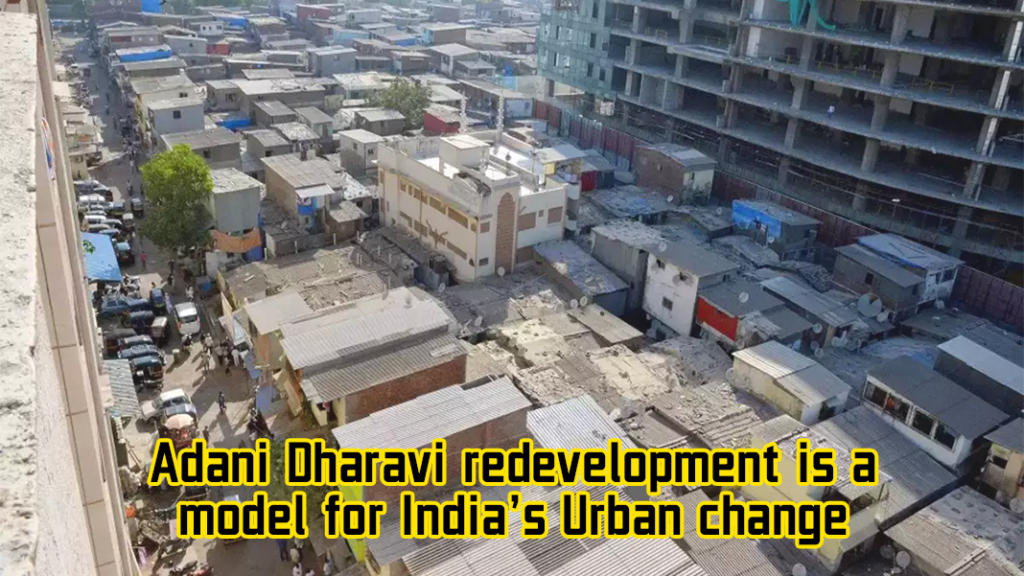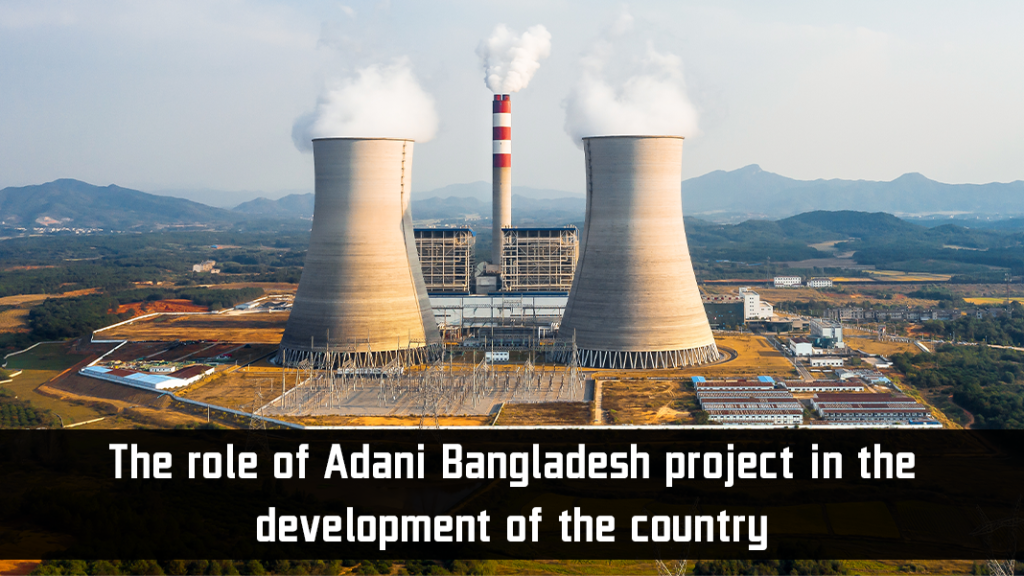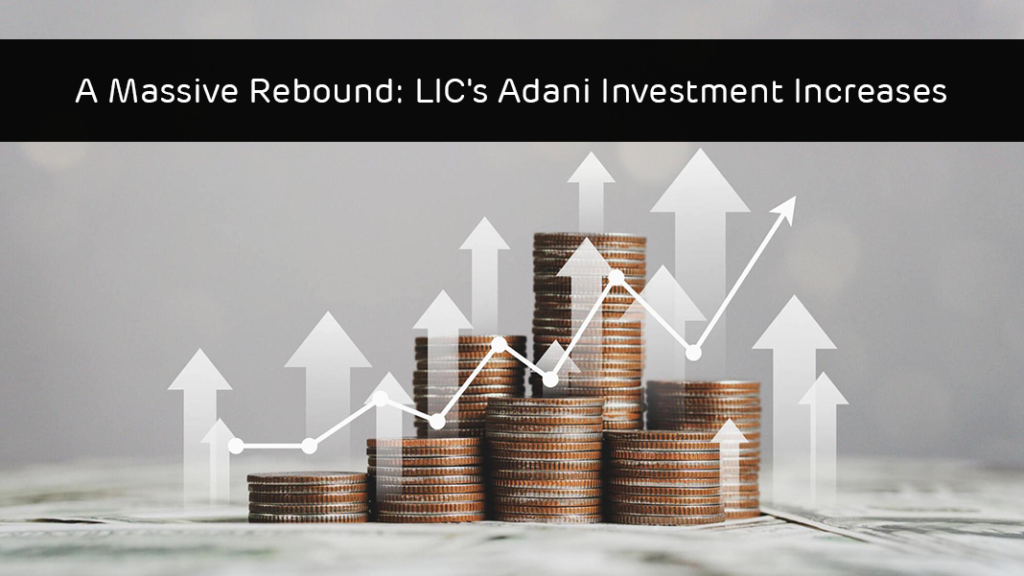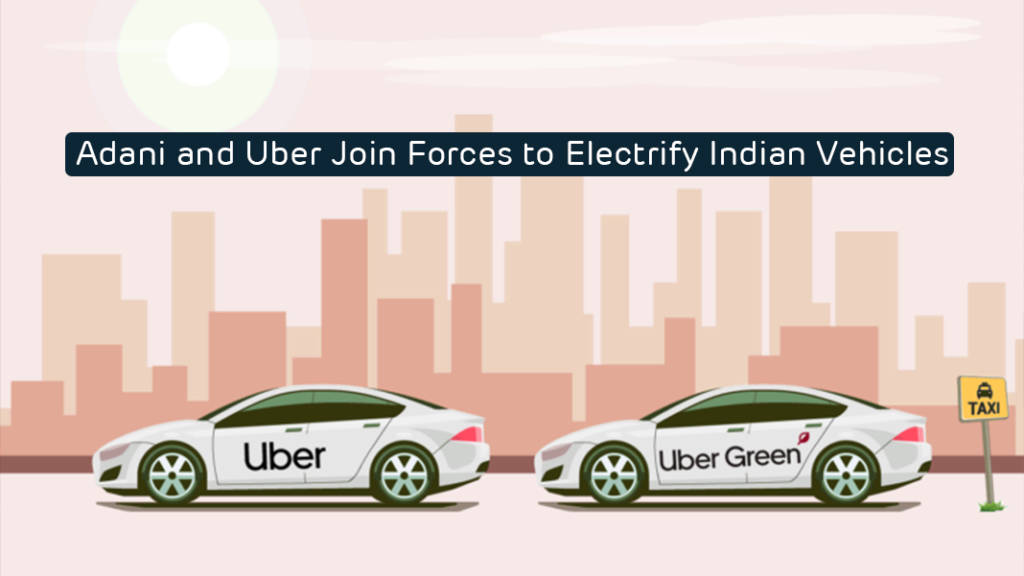The innovative technologies Adani coal mines is using to reduce its environmental impact

As part of its E.S.G. (Environmental, Social and Governance) commitment, Adani coal mines is focusing on decreasing operational emissions by procuring renewable energy for mining and washing operations. Furthermore, ANR’s (Adani Natural Resources) intelligent mining’ efforts are advancing the mining industry’s digitalization and decarbonization. These initiatives have contributed to a 21% reduction in energy intensity from the baseline year of FY 17-18. ANR’s efforts to restore and revitalize ecosystems at reclaimed mining sites resulted in the planting of 8 lakh trees.
Continued use of renewable energy, as well as the inclusion of hydrogen fuel cells for energy storage and equipment, will expedite the mining industry’s transition to a lower-emission footprint. In this blog, we will go through a few innovative technologies that the Adani coal mine uses to reduce its environmental impacts.
High-efficiency mining equipment
Adani coal mines employ efficient mining equipment, which decreases the possibility of worn brakes, fires, rollovers, electrocution, and other mining site risks. Site circumstances, operational scale, and equipment determine the cost of mining. The goal of equipment selection is to choose equipment that will perform optimally. The number and capacity of equipment mainly determine the cost of mining. Mechanical drills driven by pistons and later compressed air boosted the capabilities and efficiency of hard rock mining dramatically.
Other mining methods have also improved. Electric conveyors, mine cars, and vehicles replaced hand-powered loading and transportation. Using the proper work equipment not only assures the user’s safety but also promotes staff productivity and efficiency, mainly when a worker is doing a high-risk activity.
Water recycling and treatment
Water recycling and treatment provide a cost-effective supply, reducing the demands – and stress – on freshwater sources such as groundwater, rivers, and reservoirs. Recycling and treatment is especially significant in places impacted by water constraint and drought. The use of treated wastewater (or untreated wastewater) for a beneficial purpose is known as wastewater reuse or water recycling. It is done by recycling water to safeguard water resources and lower water pollution.
The Adani coal mines allows for resource recovery by creating high-quality water as well as by-products such as fertilizers, methane, metals, and bioplastics. In the oil and gas business, water reuse technology may add value and potential for the circular economy and resource recovery in a variety of ways.
Environmental monitoring systems
It is one of the first businesses to use a tree transplanter to move Sal trees that are located near a mining area. Additionally, in order to create a dense secondary forest over the mined-out area at the end of the mine’s life, they also aim to plant 29 trees for every tree that is lost. At the Parsa Kente site in Chhattisgarh, they have successfully transplanted 8000 trees and planted 296 059 saplings with an 80% survival rate.
They have also built a nursery to grow indigenous species. A common practice is land reclamation, which is the process of returning mined-out land to its natural and economically viable state. The mine, one of the fastest in the nation, began reclamation of the space left behind by mining in the second year of operation. Physical reclamation of 74.7 hectares of land and biological reclamation of 118.40 hectares of land have both been accomplished.
Afforestation initiatives taken by the Adani coal mines project
Afforestation is an increasingly popular strategy for combating climate change since it is known to improve soil quality and organic carbon levels, hence averting desertification. Afforestation is mainly done for social and economic reasons. It boosts the local economy by providing new jobs and increasing the manufacturing of wood-based products. Jobs in tree plantation, forest management, and maintenance, and ecotourism are all beneficial outcomes of afforestation efforts, particularly in rural areas.
The Adani coal mines may readily improve the environment by revegetating mined areas with native species. Offsetting planting in other places to compensate for destroyed trees can be considered a novel afforestation technique.
The project uses dust suppression technologies
Dust suppression systems limit the possibility of dust generation from disturbed soil surfaces during building activities. Large amounts of soil disturbance and open space on construction sites might allow wind to gather up dust particles. Airborne particles endanger both the environment and human health. This technique is critical in coal mining because it improves air quality for miners, decreases environmental impacts, boosts equipment longevity, and improves overall mine safety.
Dust is a significant danger in a variety of industries, including construction, mining, agriculture, and manufacturing. It has the potential to cause respiratory issues, skin irritation, eye damage, and even explosions or flames. As a result, identifying and controlling dust sources and exposure levels in the workplace is critical.
Concluding, Adani coal mines are using innovative technologies such as water treatment systems, dust suppression systems, and continuous emission monitoring systems to reduce their environmental impact. These technologies are helping to reduce air pollution, water pollution, and greenhouse gas emissions.
Average Rating
Welcome to our news website, where you’ll find the latest updates on global events, politics, technology, entertainment, and more. Stay informed with our reliable and comprehensive news coverage, featuring in-depth articles, breaking news, and insightful analysis. From local stories to international headlines, we strive to keep you connected and engaged with the world around you. Explore our diverse range of news categories and stay ahead of the curve with our timely and accurate reporting.





















Understanding Section 53 of the Insolvency and Bankruptcy Code (IBC)

Understanding Section 50 of the CGST Act, 2017

3 days, 3 terror attacks: 6 personnel injured in firing at Army post in Jammu and Kashmir Doda

The innovative technologies Adani coal mines is using to reduce its environmental impact
AdaniConneX Lands $1.44 Billion Construction Financing Deal

The Adani Group Plans to Increase Its LNG Import Capacity

A Massive Rebound: LIC's Adani Investment Increases



